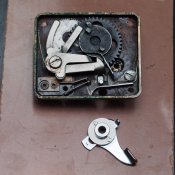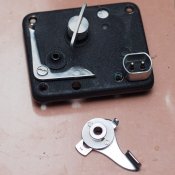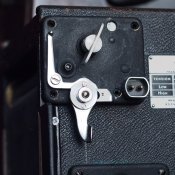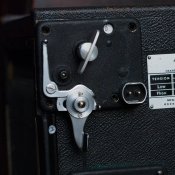horsemilk
Member
- Joined
- Oct 15, 2014
- Messages
- 19
- Format
- Medium Format
I bought a Super D 3x4 with the intention of converting it to 4x5, but it has some problems with the shutter. Unfortunately no one here in London, England seems to have any experience with them at all. If anyone here has some expertise (or knows someone else who does) I'd appreciate it.
The shutter aperture wasn't winding (anti-clockwise) at all, so I removed the shutter assembly and loosened the big nut (see attached picture) a couple of turns with a flathead screwdriver. This stopped impeding the shutter wingnut, and I reassembled it.

I managed to get the shutter curtain in the right place so that O, T, A, B, C and D on the mechanism all line up with the correct apertures. The speeds seem correct too, all except for 1/30, which is a curtain aperture of A, and Low tension. This speed runs seemingly correctly, but the aperture doesn't quite complete it's run to the bottom of the focal plane. It stops about 1-2cm short. It seems this is a problem with the spring tension, rather than the positioning of the focal plane cloth, as the placement seems correct for all other speeds and settings (such as A and High tension). As well as this, the spring tension seems weak at this setting, and the wingnut needs a little nudge to move on to O from T.

Is there a simple way to adjust the spring tension or solve this problem?
In addition, if anyone has any simple guide to attaching a 4x5 Graflok back to this camera, while maintaining as much frame coverage as possible, that would be my next line of inquiry.
Thanks for any help!
The shutter aperture wasn't winding (anti-clockwise) at all, so I removed the shutter assembly and loosened the big nut (see attached picture) a couple of turns with a flathead screwdriver. This stopped impeding the shutter wingnut, and I reassembled it.

I managed to get the shutter curtain in the right place so that O, T, A, B, C and D on the mechanism all line up with the correct apertures. The speeds seem correct too, all except for 1/30, which is a curtain aperture of A, and Low tension. This speed runs seemingly correctly, but the aperture doesn't quite complete it's run to the bottom of the focal plane. It stops about 1-2cm short. It seems this is a problem with the spring tension, rather than the positioning of the focal plane cloth, as the placement seems correct for all other speeds and settings (such as A and High tension). As well as this, the spring tension seems weak at this setting, and the wingnut needs a little nudge to move on to O from T.

Is there a simple way to adjust the spring tension or solve this problem?
In addition, if anyone has any simple guide to attaching a 4x5 Graflok back to this camera, while maintaining as much frame coverage as possible, that would be my next line of inquiry.
Thanks for any help!


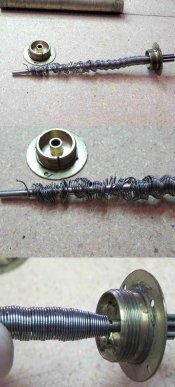



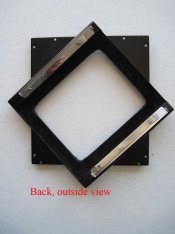
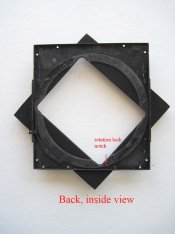
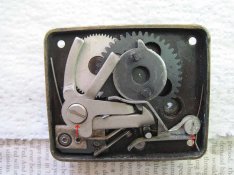

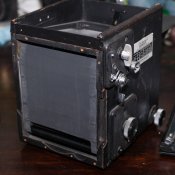


 Is there something impeding it, or have I done anything stupid you can think of?
Is there something impeding it, or have I done anything stupid you can think of?